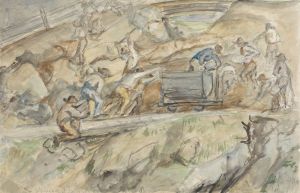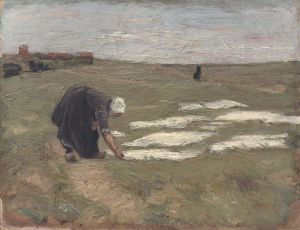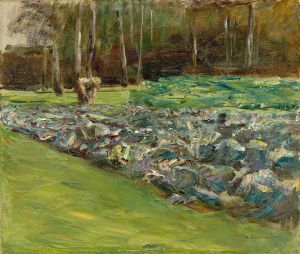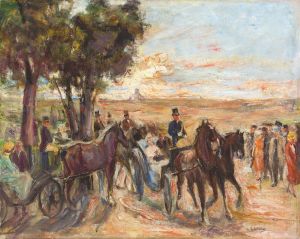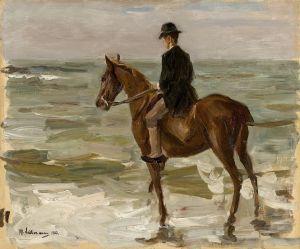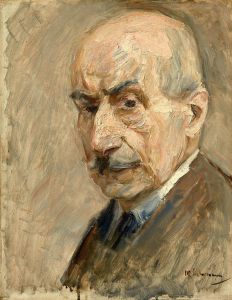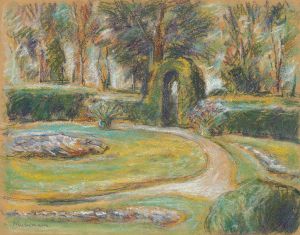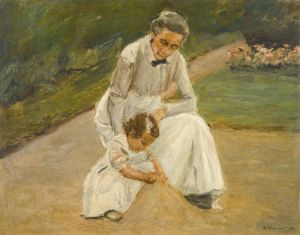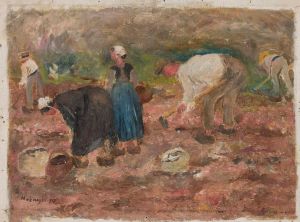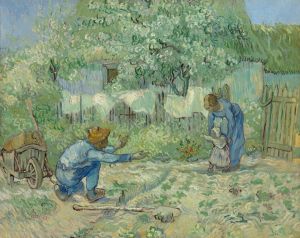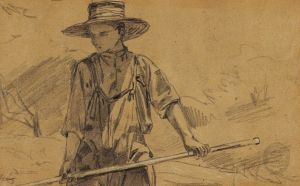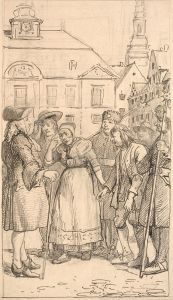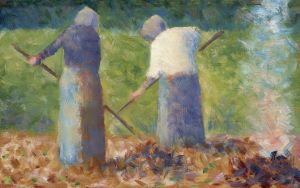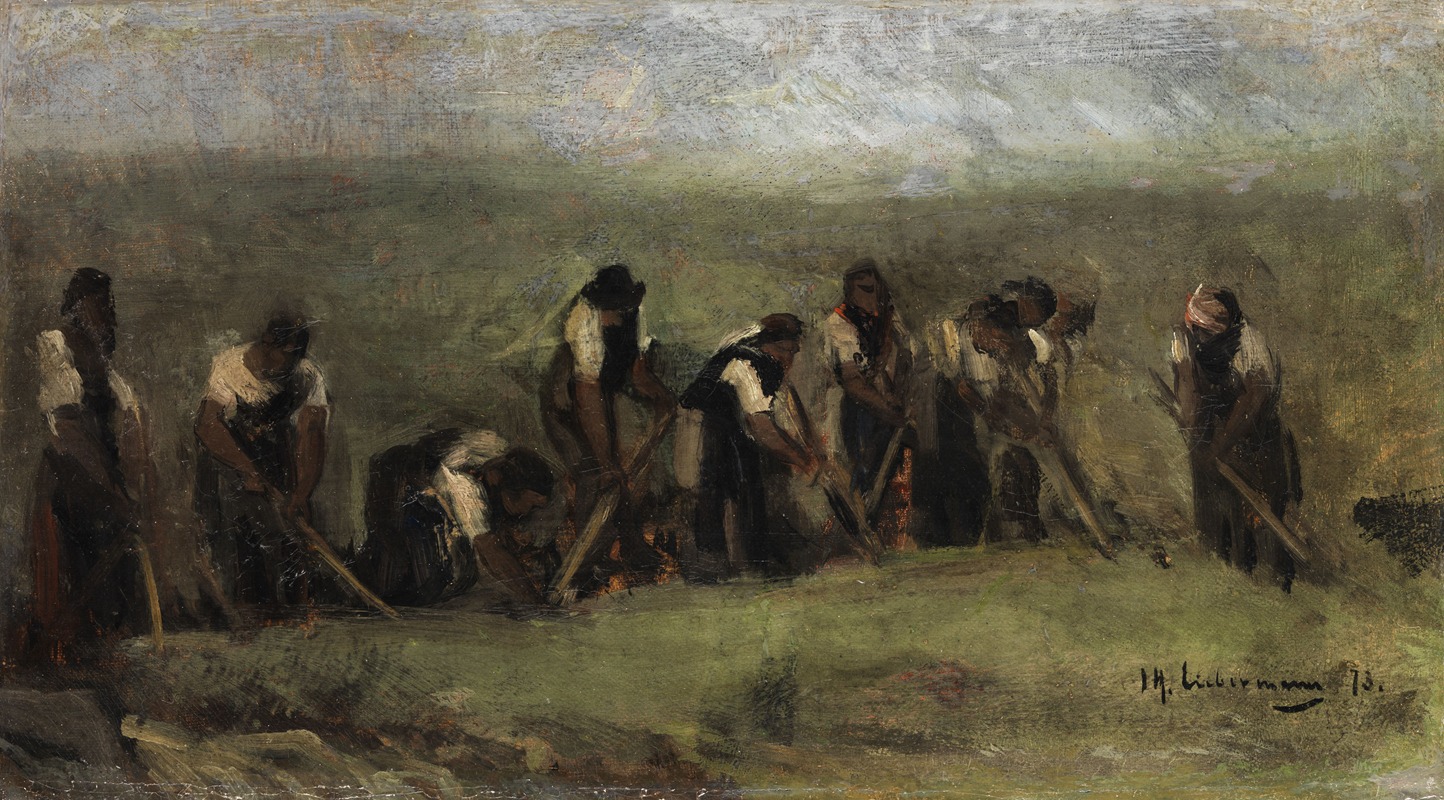
Arbeiter im Rübenfeld Ölstudie
A hand-painted replica of Max Liebermann’s masterpiece Arbeiter im Rübenfeld Ölstudie, meticulously crafted by professional artists to capture the true essence of the original. Each piece is created with museum-quality canvas and rare mineral pigments, carefully painted by experienced artists with delicate brushstrokes and rich, layered colors to perfectly recreate the texture of the original artwork. Unlike machine-printed reproductions, this hand-painted version brings the painting to life, infused with the artist’s emotions and skill in every stroke. Whether for personal collection or home decoration, it instantly elevates the artistic atmosphere of any space.
"Arbeiter im Rübenfeld Ölstudie" (Workers in the Beet Field Oil Study) is a painting by the renowned German artist Max Liebermann, who was a leading figure in the German Impressionist movement. Liebermann was known for his realistic portrayals of working-class life and his ability to capture the nuances of light and atmosphere in his paintings.
Max Liebermann was born on July 20, 1847, in Berlin, Germany, and he became one of the most influential artists of his time. He studied at the Weimar Art School and later in Paris, where he was influenced by the works of the Barbizon School and the emerging Impressionist movement. Liebermann's work often focused on scenes of everyday life, and he was particularly interested in depicting the lives of ordinary people, such as workers and peasants.
"Arbeiter im Rübenfeld Ölstudie" is an oil study that showcases Liebermann's interest in rural labor and his commitment to realism. The painting depicts a group of workers laboring in a beet field, a common agricultural scene in 19th-century Germany. Liebermann's use of loose brushwork and attention to the effects of natural light are characteristic of his Impressionist style. The painting captures the physicality of the workers' movements and the earthy tones of the landscape, reflecting the artist's dedication to portraying the dignity and hardship of rural labor.
This work is part of a broader series of paintings by Liebermann that focus on agricultural themes. Throughout his career, Liebermann frequently returned to the subject of rural workers, exploring the relationship between humans and their environment. His paintings often convey a sense of respect and empathy for the laborers, highlighting their connection to the land and the rhythms of nature.
Liebermann's paintings, including "Arbeiter im Rübenfeld Ölstudie," were significant in the context of late 19th and early 20th-century art. At a time when industrialization was transforming society, Liebermann's focus on rural life and manual labor offered a counterpoint to the rapid changes occurring in urban areas. His work was part of a larger movement among artists to document and preserve traditional ways of life in the face of modernization.
Max Liebermann's contributions to art extended beyond his paintings. He was a prominent figure in the Berlin Secession, an art movement that sought to break away from the conservative academic standards of the time. As president of the Berlin Secession, Liebermann played a crucial role in promoting modern art in Germany and supporting fellow artists.
Despite facing challenges during his lifetime, including the rise of anti-Semitism and the impact of World War I, Liebermann remained a dedicated artist until his death on February 8, 1935. His legacy continues to influence artists and art historians, and his works are celebrated for their technical skill and emotional depth.
"Arbeiter im Rübenfeld Ölstudie" exemplifies Max Liebermann's mastery of capturing the essence of everyday life and his commitment to portraying the human condition with honesty and compassion. The painting remains an important part of his oeuvre, reflecting his enduring interest in the lives of ordinary people and the landscapes they inhabit.





